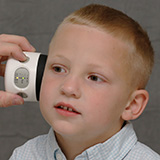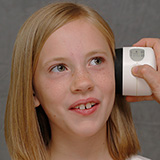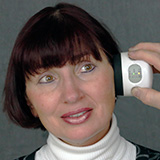CPT is an acronym for Current Procedural Terminology. CPT codes are published by the American Medical Association, and the fourth edition is the most current. The purpose of the coding system is to provide uniform language that accurately describes medical, surgical, and diagnostic services.
A CPT code is a five digit numeric code that is used to describe medical, surgical, radiology, laboratory, anesthesiology, and evaluation/management services of physicians, hospitals, and other health care providers. There are approximately 7,800 CPT codes ranging from 00100 through 99499. Two digit modifiers may be appended when appropriate to clarify or modify the description of the procedure.
It is published in two versions – the first is the most common, CPT Physician’s Current Procedural Terminology. A second publication is also available – the CPT Physician’s Current Procedural Terminology Specially Annotated for Hospitals. The Hospital version contains all the information in the original version with the addition of special Medicare guidelines and notations for identifying criteria applicable to outpatient hospital billing.
The rules for assigning the appropriate code are complex, and so we advise individuals who are determining the appropriate codes receive the proper training and credentials. This would include any office or clinic personnel who play a significant role in coding.
Hearing Screening CPT Code
CPT - 92551 is the code for a hearing screening test, pure tone, air only. Requires the use of calibrated electronic equipment. Test should be applied to both ears.
CPT - 92551 is valid for all of hearing screening devices sold by HearingScreeners.com
There are also related diagnostic CPT codes that care providers should be familiar with.
The International Classification of Diseases, Tenth Edition (ICD-10) is a clinical cataloging system that went into effect for the U.S. healthcare industry on Oct. 1, 2015, after a series of lengthy delays. Accounting for modern advances in clinical treatment and medical devices, ICD-10 codes offer many more classification options compared to those found in predecessor ICD-9.
Within the healthcare industry, providers, coders, IT professionals, insurance carriers, government agencies and others use ICD codes to properly note diseases on health records, track epidemiological trends, and assist in medical reimbursement decisions.
The World Health Organization (WHO) owns, develops and publishes ICD codes, and national governments and other regulating bodies adopt the system.
In the U.S., ICD-10 is split into two systems: ICD-10-CM (Clinical Modification) for diagnostic coding and ICD-10-PCS (Procedure Coding System) for inpatient hospital procedure coding. These U.S.-specific adaptions conform to WHO's ICD-10 layout while allowing for additional details found in U.S. healthcare.
The rules for assigning the appropriate code are complex, and so we advise individuals who are determining the appropriate codes receive the proper training and credentials. This would include any office or clinic personnel who play a significant role in coding.
A Few Examples of Relevant ICD-10 Codes:
Z01.10 - Encounter for examination of ears and hearing without abnormal findings
Z01.110 - Encounter for hearing examination following failed hearing screening
There are many more related diagnostic codes that care providers should be familiar with.



